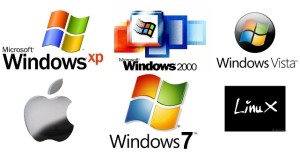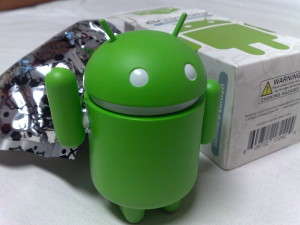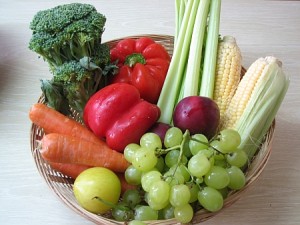 An Operating System is low-level software that enables a user and higher-level application software to interact with a computer’s hardware and the data and other programs stored on the computer.
An Operating System is low-level software that enables a user and higher-level application software to interact with a computer’s hardware and the data and other programs stored on the computer.
His basic function is to performs basic tasks, such as recognizing input from the keyboard, sending output to the display screen, keeping track of files and directories on the disk, and controlling peripheral devices such as printers.
Application programs
Operating systems provide a software platform on top of which other programs, called application programs, can run.
The choice of operating system, therefore, determines to a great extent the applications a user can run. For example, the DOS operating system contains commands such as COPY and RENAME for copying files and changing the names of files. The commands are accepted and executed by a part of the operating system. Similarly, the UNIX operating system has commands like CP and MV to copy and rename.
UNIX
Unix was one of the first operating systems to be written, in 1971. Advantages of UNIX are:
- Multitasking – multiple programs can run at one time.
- Multi-user – allows more than a single user to work at any given time. This is accomplished by sharing processing time between each user.
- Safe – prevents one program from accessing memory or storage space allocated to another program, and enables file protection, requiring users to have permission to perform certain functions, such as accessing a directory, file, or disk drive.
Types of OS
- Microsoft Windows
- Mainframe
- DOS
- OS/2
- Linux
- Mac OS
- AmigaOS
Additional service of the operatig systems is for example the Program Execution,where OS provides an environment where the user can conveniently run programs while the user does not have to worry about memory allocation or CPU scheduling.
I/O Operations consist of each program that requires input and produces output. The OS hides some of the details of the underlying hardware for such I/O. All the user sees is that the I/O has been performed, without those details.
And In the end we have Communications, where the instances where processes need to communicate with each other to exchange information. It may be between processes running on the same computer or running on different computers. The OS provides these services to application programs, making inter-process communication possible, and relieving the user of having to worry about how this accomplished.
Most popular operating systems:
- Android has the largest it is the most popular OS in Asia and Africa, by web usage. Since 2013, devices running it have been selling more than Windows,iOS,and Mac OSX devices.
https://upload.wikimedia.org/wikipedia/commons/e/ee/Android_green_figure%2C_next_to_its_original_packaging.jpg
- Even Android the most popular smartphone operating system, on tablets iOS is still the most popular in that category.
- On the other hand,most desktop and laptop computers use Microsoft Windows, while most supercomputers use Linux.
Citations:
„Computer Basics: Understanding Operating Systems.“ GCFLearnFree.org. N.p., 2015. Web. 12 Jan. 2016.
„What’s My OS? What Is My OS?“ What’s My OS? What Is My OS? N.p., n.d. Web. 12 Jan. 2016.


